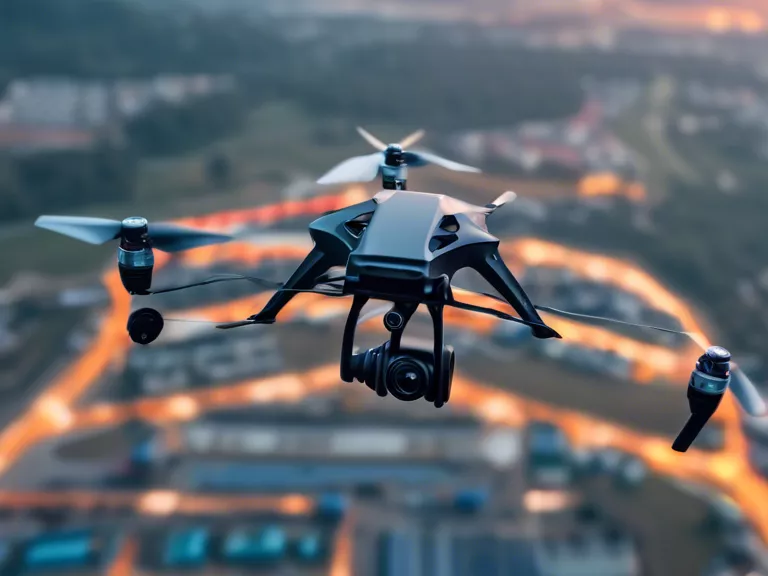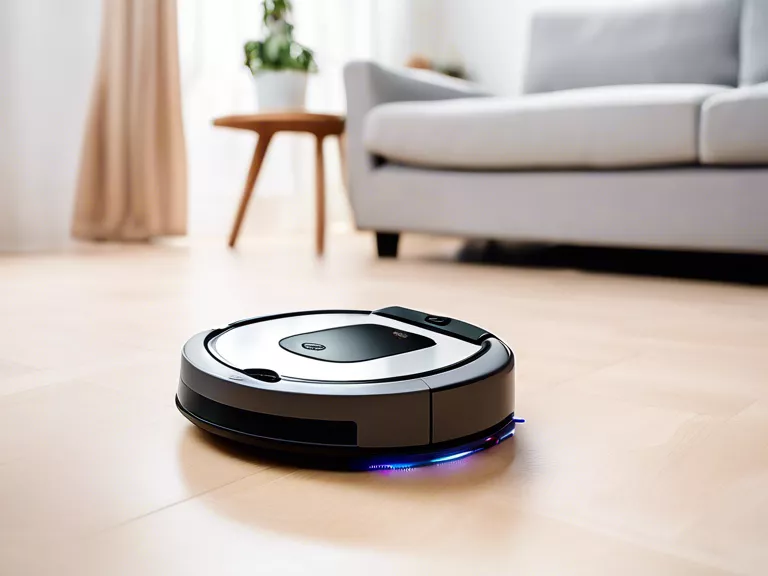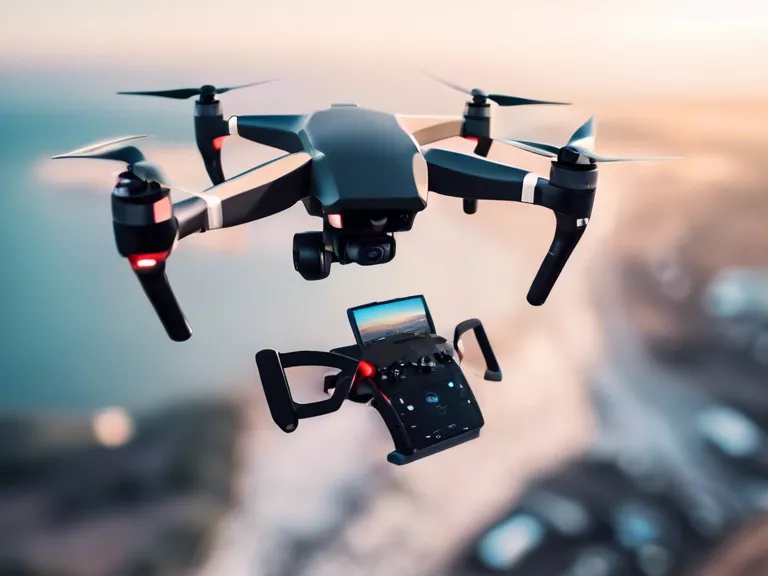
Flying drones in crowded or restricted airspaces can be challenging, but with the right set of best practices, it can be done safely and responsibly. Whether you are flying for recreational purposes or for commercial use, it is important to follow guidelines to avoid accidents and ensure compliance with regulations. Here are some best practices for flying drones in crowded or restricted airspaces:
Plan Ahead: Before flying your drone, make sure to check for any airspace restrictions in the area using apps like AirMap or the FAA's B4UFLY app. Plan your flight path accordingly to avoid flying over restricted zones or crowded areas.
Maintain Visual Line of Sight (VLOS): Always keep your drone within your line of sight while flying. This will help you avoid collisions with other aircraft or obstacles in crowded airspaces. If flying in restricted airspace, use a spotter to help you maintain VLOS.
Follow Altitude Restrictions: Be mindful of altitude restrictions in the area you are flying. Flying too high can interfere with manned aircraft, while flying too low can pose a danger to people on the ground. Follow the FAA's guidelines for safe altitude limits.
Use Technology: Consider using technology like geo-fencing or air traffic control software to help you navigate crowded or restricted airspaces safely. These tools can provide real-time information on airspace restrictions and help you avoid potential hazards.
Keep Updated on Regulations: Stay informed about the latest drone regulations and guidelines in your area. Regulations are constantly evolving, so make sure you are up to date on any changes that may impact your flights in crowded or restricted airspaces.
By following these best practices, you can fly your drone in crowded or restricted airspaces safely and responsibly. Remember to always prioritize safety and compliance with regulations to avoid accidents and ensure a positive experience for yourself and others.



